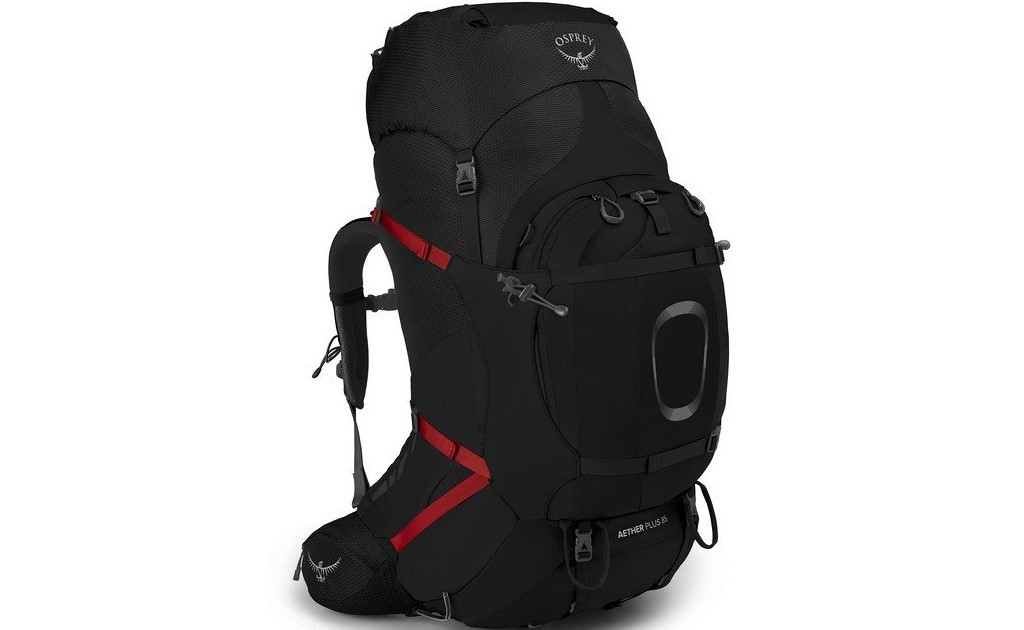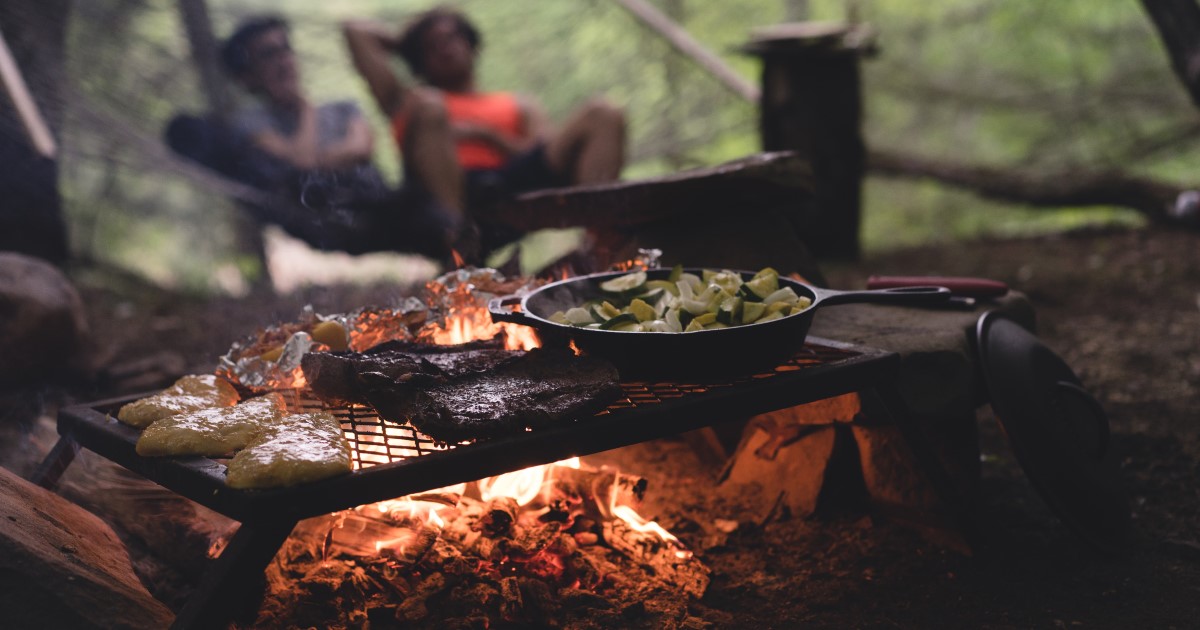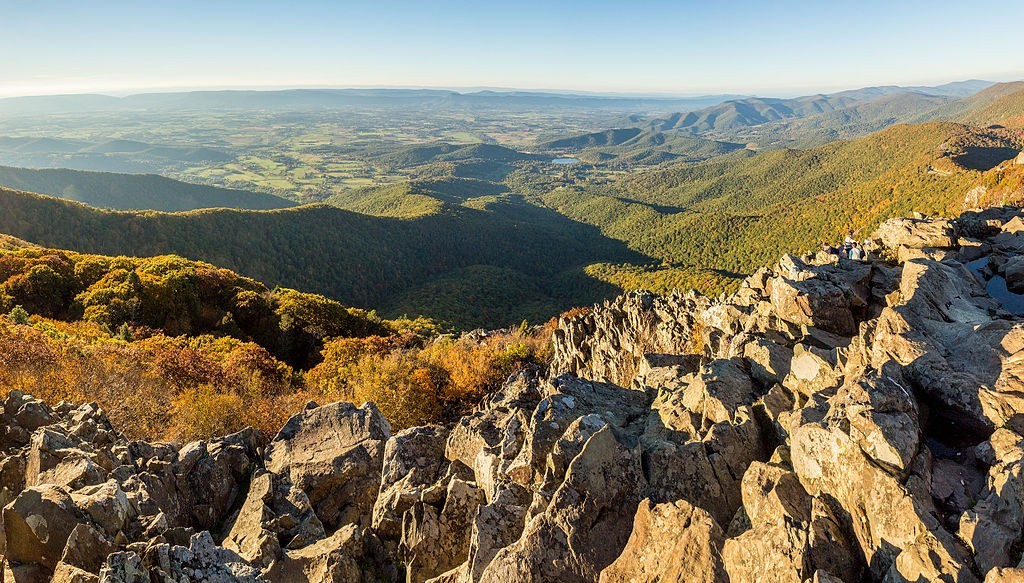For some of us, camping in a campground just doesn’t feel like camping. Are you really reconnecting with nature in an air-conditioned RV, with full hookups and free WiFi? Most likely not.
Luckily, the Northeastern United States offers a lot of opportunities to really get away from it all, far from any road or trace of civilization. Backcountry camping represents a chance to unplug and experience nature in all its glory. It can also provide some real lessons in self-reliance. With few amenities and no supplies other than what one can carry on their back, backcountry camping teaches us a lot about what we’re really capable of.
There are amazing opportunities for backcountry camping in the northern part of the East Coast. From legendary footpaths like the Appalachian Trail to far-flung tent sites on secluded mountains and remote islands, these are the five best locations for backcountry camping east coast – Northeast.
Best East Coast Backcountry Camping – White Mountain National Forest (New Hampshire)
Few places on the East Coast can match the sheer volume of opportunities for backcountry adventure offered by White Mountain National Forest. This vast New Hampshire gem spans more than 800,000 acres. It includes 500 miles of trails and dozens of backcountry camping areas. In fact, it can be a little overwhelming if you’re visiting for the first time.
Pemigewasset Loop
The trail known as the Pemigewasset Loop is a great place to start. Often referred to simply as the Pemi Loop, this trail is actually comprised of several sections of other trails. These trails combine to form a 31-mile loop through some of the White Mountains’ most beautiful scenery. This scenery ranges from lush forests to rocky peaks well above the treeline. There are abundant opportunities for backcountry camping along the way, including lean-tos, huts and tent sites.
Camping Availability
White Mountain National Forest offers numerous designated backcountry campsites along its many hiking trails. However, it’s also worth noting that primitive dispersed camping is possible throughout much of the forest. You can pitch your tent just about anywhere, as long as you’re more than 200 feet from any trail or water body, at least ¼ mile from any established backcountry shelter, and below the alpine zone.
Don’t come to the White Mountains expecting an easy weekend stroll. The Whites include some of the most remote and challenging mountains on the East Coast, including 50 peaks over 4,000 feet. The tallest, Mount Washington, stands at 6,288 feet, and has a reputation for sending backpackers home humbled.
Best East Coast Backcountry Camping – Susquehannock Trail (Pennsylvania)
At 85 miles, the Susquehannock Trail is the longest single-trail loop in the eastern United States. The trail is a magnet for backpackers, and offers some of Pennsylvania’s most remote landscapes and spectacular scenery.
The Susquehannock Trail follows a mixture of old logging roads, CCC paths and former railroad grades. The terrain is moderate, with an abundance of wooded hills but no real mountains to speak of. But the scenery is bewitching and ever-changing. You’ll see beaver meadows, jungles of mountain laurel, old railroad bridge abutments and groves of apple trees that, at least according to local legend, sprung from apple cores discarded by lumberjacks.
Backcountry campers have a lot of options here. It is possible to camp is along the entire trail. In addition, there are two designated lean-to shelters and one backcountry hut. Although there are no official campsites, the Susquehannock Trail guidebook denotes 49 ‘suggested’ campsites in the backcountry. As long as you don’t camp in the same place more than one night, no permits are necessary.
One of the real highlights of the Susquehannock Trail is the section that passes through the Hammersley Wild Area. This is a 30,000-acre wilderness and the largest area without a road in Pennsylvania. Be sure to stop at Hammersley Pool. If you do, you can enjoy a waterfall-fed swimming hole that’s a great place to cool off on summer hikes.
Best East Coast Backcountry Camping – Bigelow Preserve (Maine)
Encompassing an incredible 36,000 acres of public lands, Maine’s Bigelow Preserve is a great big playground for anybody with a love of the outdoors and a thirst for adventure. The preserve is home to all seven summits of the Bigelow Range. These are some of the most challenging and spectacularly beautiful mountains in the state, including the rugged 4,150-foot West Peak.
At the heart of the Bigelow Preserve is a 17.6-mile section of the Appalachian Trail, the iconic white-blazed footpath that traverses 2,190 miles from Georgia to Maine. The A.T. and its numerous blue-blazed side trails provide more than 30 total miles of backpacking routes within the preserve, all of which are accessible only on foot. Be prepared for a challenge; the trails here include several mountain summits and lots of elevation gain.
Eight backcountry tent camping areas are scattered along the A.T. within the Bigelow Preserve. There are also lean-to shelters at Horns Pond and Little Bigelow, with privies, picnic tables and tent sites nearby. All sites are free and first-come, first-served. Expect to share your camp with Appalachian Trail thru-hikers, especially in fall.
The Bigelow Preserve also overlooks the southern shore of Flagstaff Lake, which is part of the Northern Forest Canoe Trail. Several additional backcountry tent sites are located along the lakeshore, most of them accessible only by boat.
Best East Coast Backcountry Camping – Lake George Islands (New York)
Imagine camping on your own private island. At Lake George you can do just that, surrounded by the natural splendor of the Adirondack Mountains. The lake is home to 380 shoreline campsites spread across 44 state-owned islands, all of which are accessible only by boat.
Some of the islands are large, with up to 90 campsites and more of a ‘developed’ campground feel. But others are tiny and secluded, with room for just one or two campsites. There are 19 islands with just one site, which means you could have one of them—like the tiny Hermit Island, the charming Perch Island or the picturesque Little Gourd Island—all to yourself. Every campsite has a picnic table and campfire ring, with a dock big enough for one boat, and access to basic toilet facilities (in most cases a pit privy).
The Lake George island campsites make perfect base camps for fishing and kayaking adventures, and there’s a lot to explore on the 28,000-acre natural lake. It is possible to reserve most of the island campsites advance. However, some are available on a first-come, first-served basis. Most of these sites are have plenty of tree cover and feel quite remote.
Like any backcountry experience, you’ll have to pack in all the supplies you need, and pack out all your trash when you leave. That includes potable drinking water, which is not available on the islands. Many campers choose to simply filter the crystal-clear lake water.
Best East Coast Backcountry Camping – Long Trail (Vermont)
The Appalachian Trail may be the longest footpath on the East Coast, but it’s not the oldest. That honor goes to the Long Trail. Built between 1910 and 1930 by the Green Mountain Club, this 272-mile trail in Vermont is the oldest long-distance hiking trail in the United States. It bisects the state north-to-south, all the way from the Massachusetts state line to the Canadian border.
Whether you spend a weekend on the Long Trail or take a month to thru-hike the whole thing, you’ll find some of the most beautiful scenery New England has to offer. The trail cuts through the heart of the rugged and beautiful Green Mountain National Forest, and includes 4,396-foot Mount Mansfield, the highest point in Vermont.
The Long Trail offers abundant opportunities for backcountry camping. Over 70 established backcountry sites are available along the trail, primitive campsites with tent platforms, three-sided lean-to shelters and fully enclosed lodges with bunks. Each site is located near a privy and a primitive water source (although potability and year-round availability of water cannot be guaranteed).
The Long Trail’s southernmost 100 miles overlap with the Appalachian Trail, and these are arguably the easiest 100 miles. The farther north you go on the Long Trail, the more rugged and remote it gets.
For the 5 best backcountry camping locations in the Southeast – Click Here
Featured Photo by Jiaqian AirplaneFan





